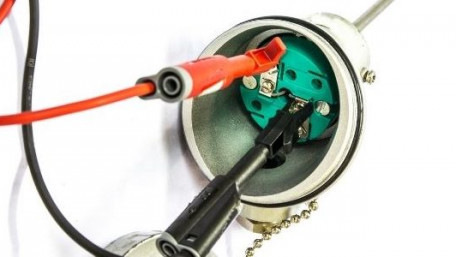
Learn how resistance temperature detectors (RTDs) work, how to calibrate one, advantages and disadvantages, and uses in industry.
Learn how resistance temperature detectors (RTDs) work, how to calibrate one, advantages and disadvantages, and uses in industry.
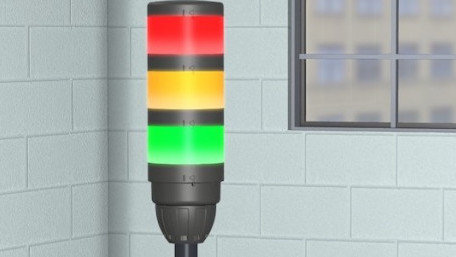
Each machine on the factory floor comes with risk; learn common safety risks and corresponding automation solutions.
Each machine on the factory floor comes with risk; learn common safety risks and corresponding automation solutions.
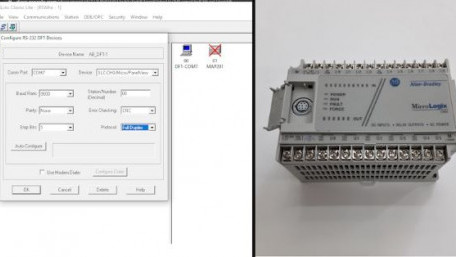
Data transmission rates are auto-negotiated in modern protocols, but for older serial connections, both devices must…
Data transmission rates are auto-negotiated in modern protocols, but for older serial connections, both devices must agree on what baud rate to use to ensure reliable communications.

Dive into why protocols are essential in industrial remote monitoring along with the most common types of open protocols…
Dive into why protocols are essential in industrial remote monitoring along with the most common types of open protocols seen in facilities.

This article in our continuing series about remote monitoring covers equipment and devices necessary to establish a…
This article in our continuing series about remote monitoring covers equipment and devices necessary to establish a remote monitoring mechanism.

Learn about some of the machine-to-machine communication methodologies, including wired and wireless M2M communication techniques.
Learn about some of the machine-to-machine communication methodologies, including wired and wireless M2M communication techniques.

Learn about the different types of industrial remote monitoring and some of the various remote monitoring processes used…
Learn about the different types of industrial remote monitoring and some of the various remote monitoring processes used in industry.
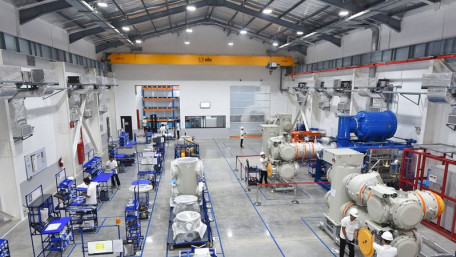
Learn about how the ground compares and contrasts with the neutral wire and why this wiring is important for safety in…
Learn about how the ground compares and contrasts with the neutral wire and why this wiring is important for safety in control cabinets and other wiring needs in an industrial facility.
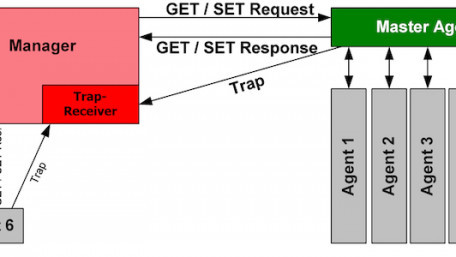
This article discusses common implementations of UPS in control systems and important design considerations.
This article discusses common implementations of UPS in control systems and important design considerations.
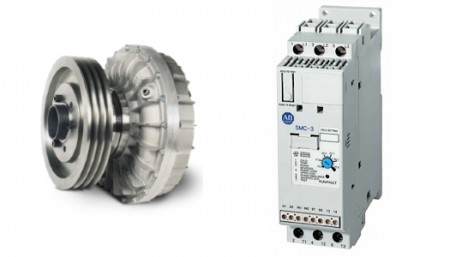
Learn about the different types of electrical and mechanical soft-start methods as well as devices to use for each method.
Learn about the different types of electrical and mechanical soft-start methods as well as devices to use for each method.

Learn about safety in LiDAR sensors from different perspectives and some safety-rated applications.
Learn about safety in LiDAR sensors from different perspectives and some safety-rated applications.
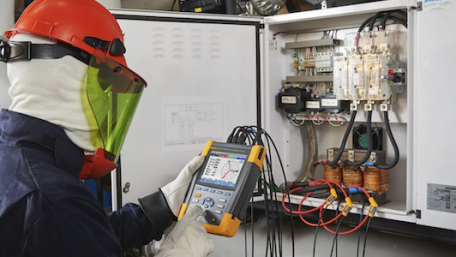
Learn about the importance of wiring in 3-phase systems and how to complete this wiring in various industrial scenarios…
Learn about the importance of wiring in 3-phase systems and how to complete this wiring in various industrial scenarios and control cabinets.
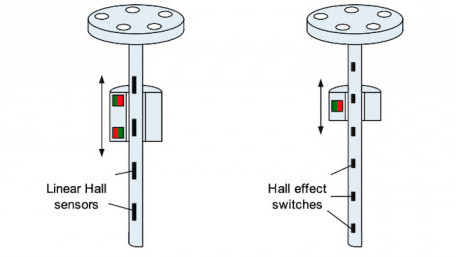
Learn about how Hall-effect sensors are used in linear and electric motor applications, including brushed and brushless…
Learn about how Hall-effect sensors are used in linear and electric motor applications, including brushed and brushless DC motors.
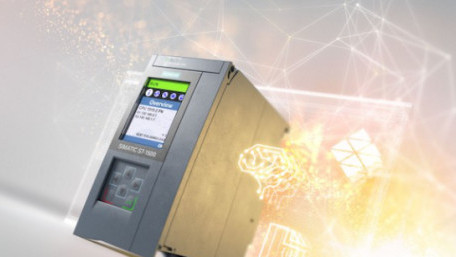
A brief overview of controllers through history and an analysis of factors to consider when deciding which one to use.
A brief overview of controllers through history and an analysis of factors to consider when deciding which one to use.
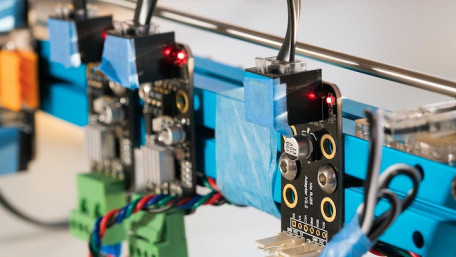
Of all types of three-phase motors, the twelve-wire motor provides the most options for connecting based on voltage and…
Of all types of three-phase motors, the twelve-wire motor provides the most options for connecting based on voltage and system configuration (wye or delta). Learn the details and wiring options of these versatile motors.
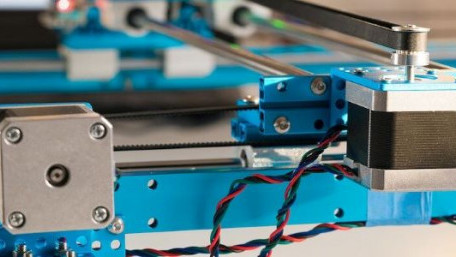
Three-phase motors with three or six wires have limited options for wiring, but are easier to use and have important…
Three-phase motors with three or six wires have limited options for wiring, but are easier to use and have important roles to play. Learn the difference between three- and six-wire three-phase motors for low and high voltage applications.
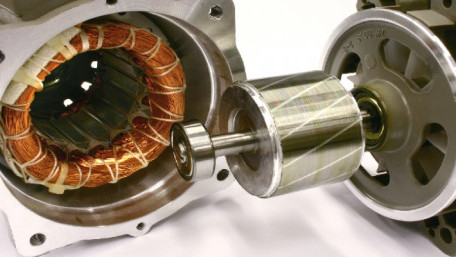
In this article, learn the differences between single- and three-phase motors, including how each one works and…
In this article, learn the differences between single- and three-phase motors, including how each one works and applications best suited for each type.
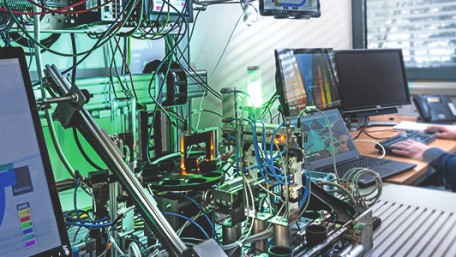
What kind of guidance is available to help you defend your industrial control system (ICS)?
What kind of guidance is available to help you defend your industrial control system (ICS)?
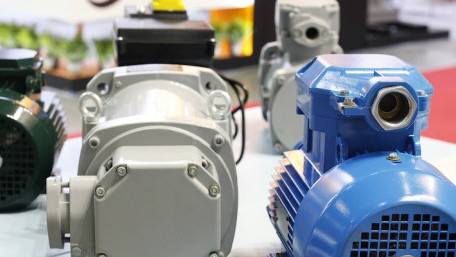
This article looks at some common windings and wirings for three-phase motors, including internal Wye windings and low…
This article looks at some common windings and wirings for three-phase motors, including internal Wye windings and low and high voltage wirings.
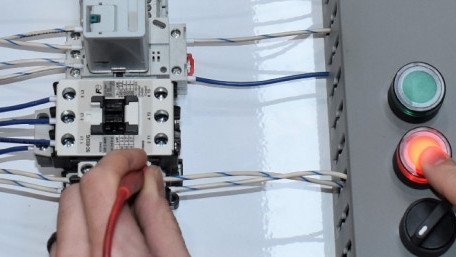
This article looks at a few of the more advanced motor control circuits for a three-phase motor.
This article looks at a few of the more advanced motor control circuits for a three-phase motor.
